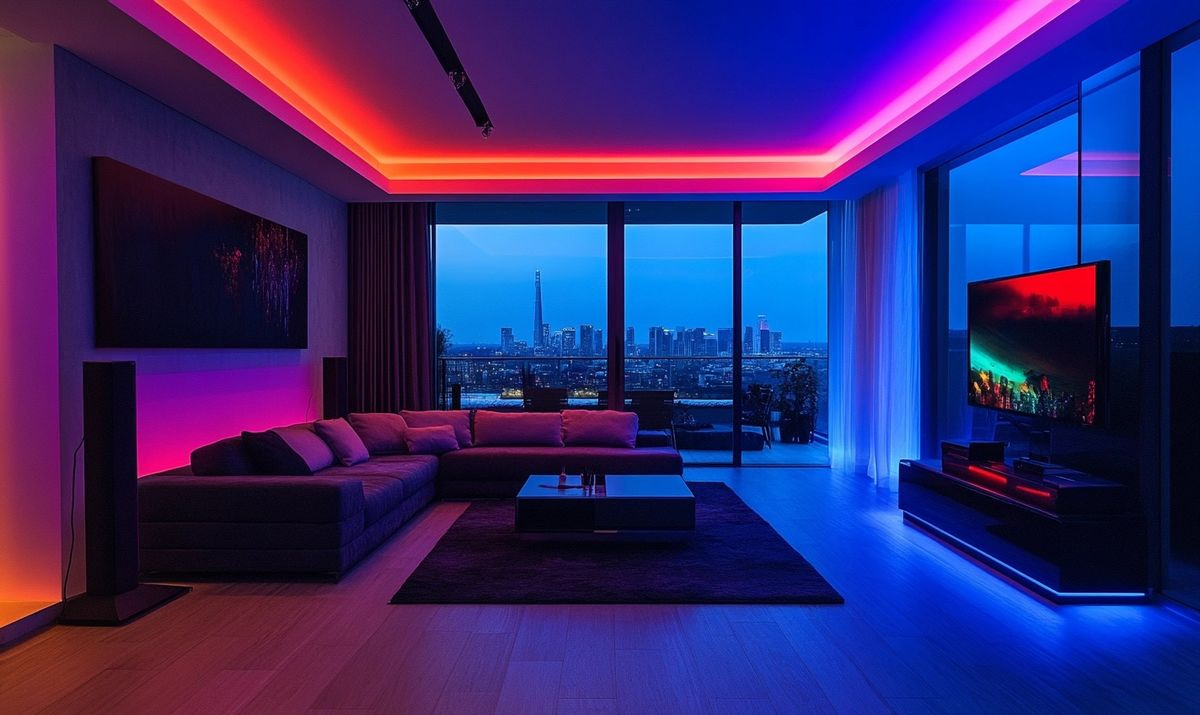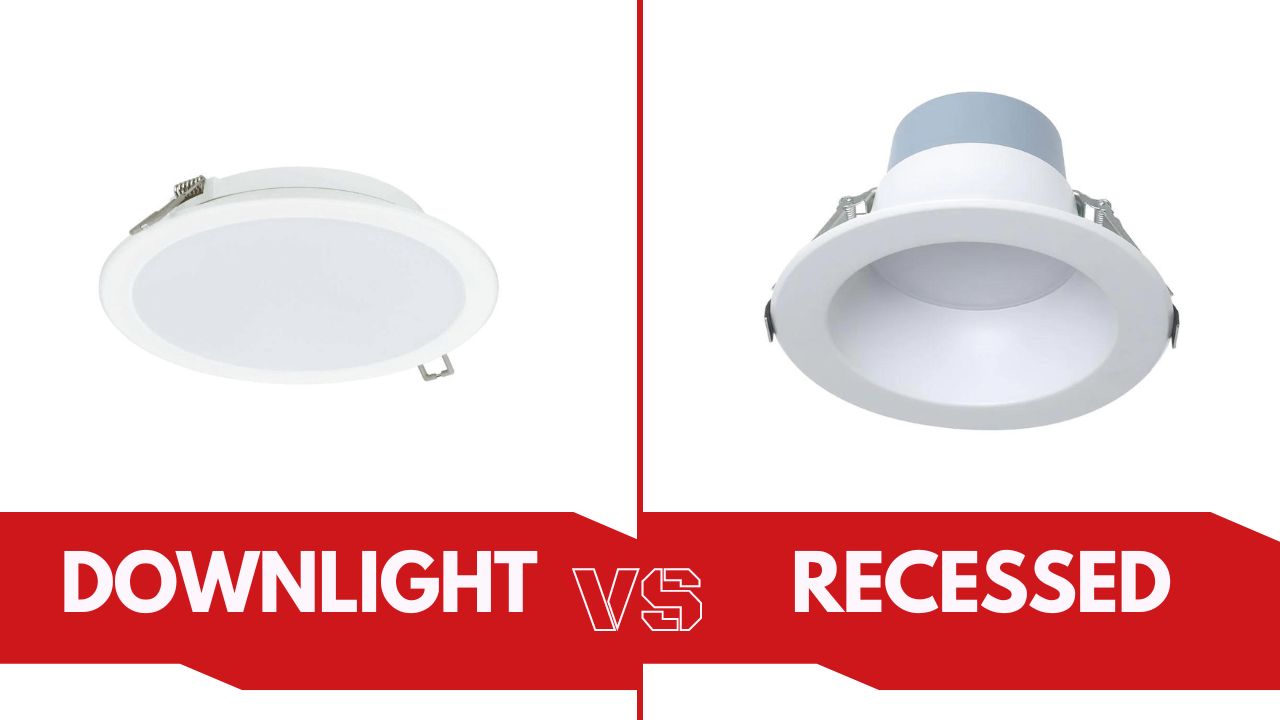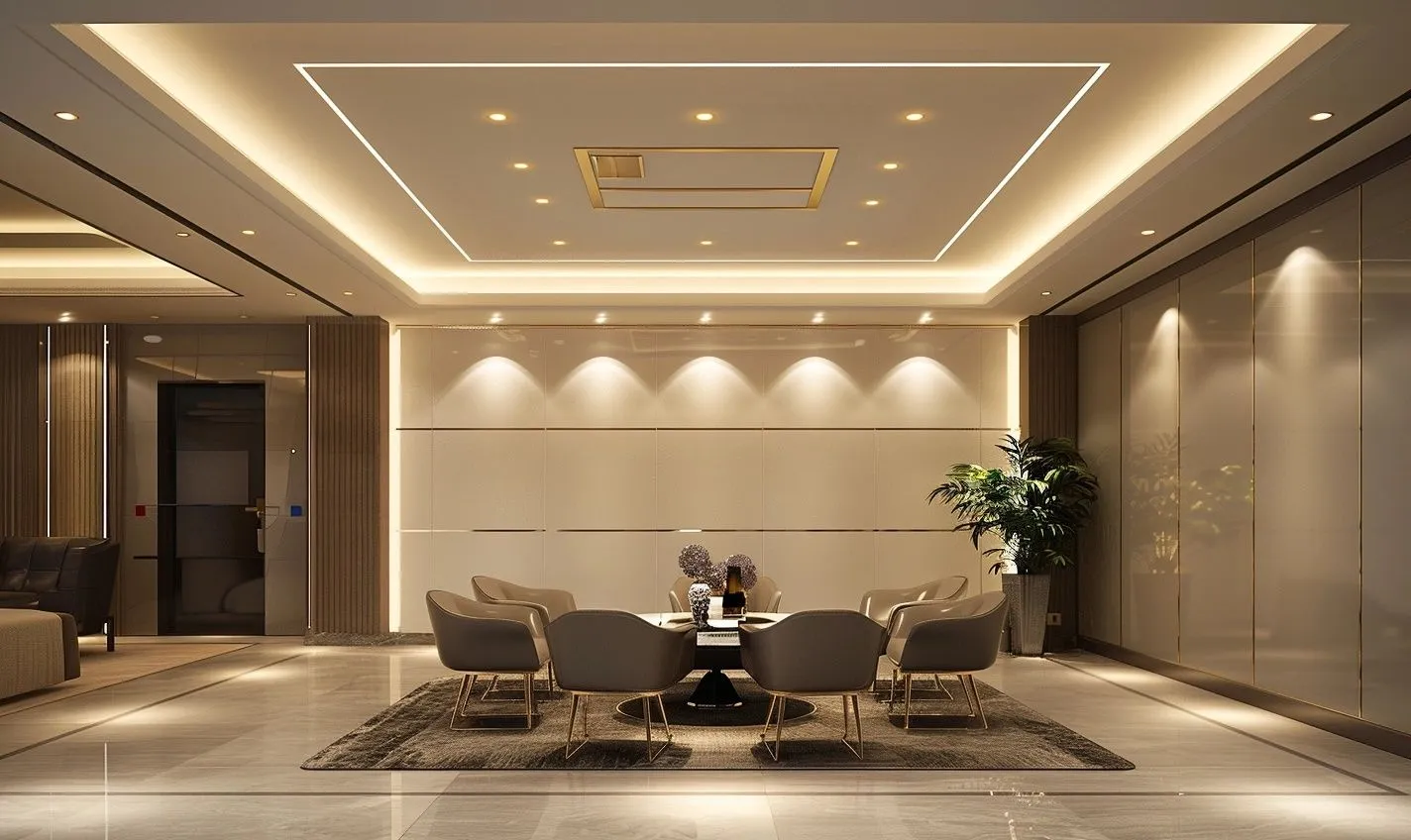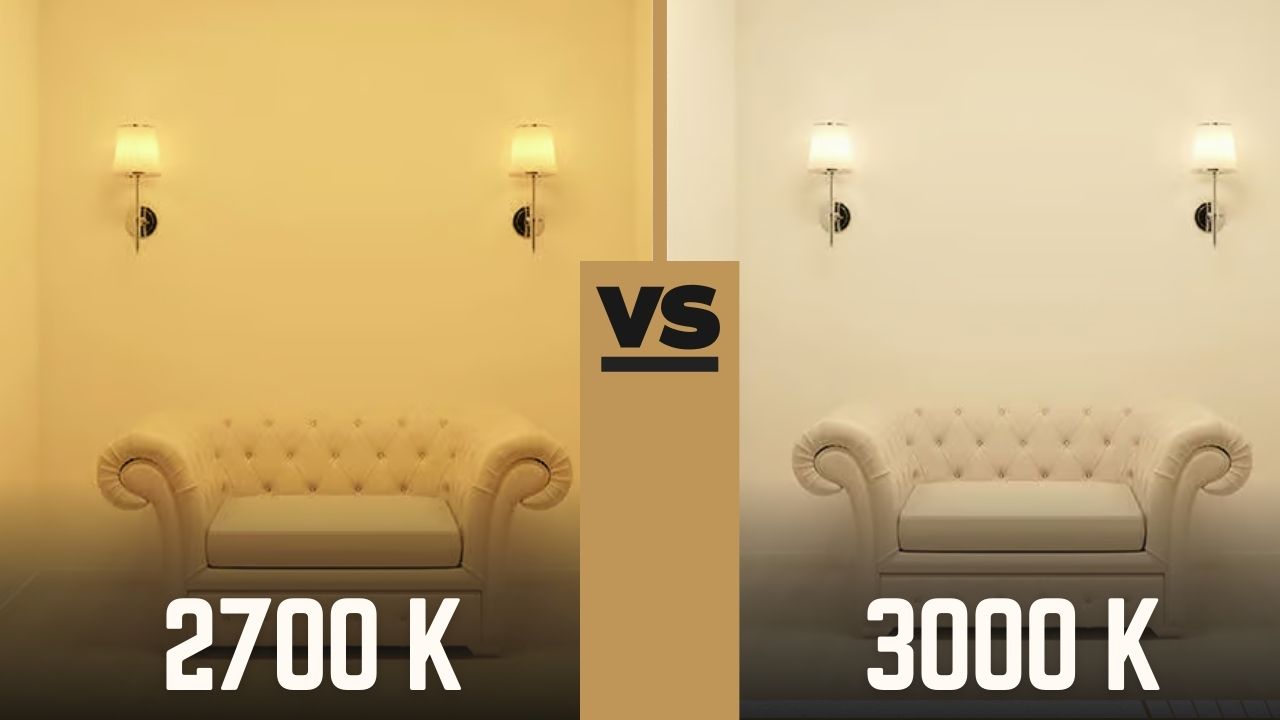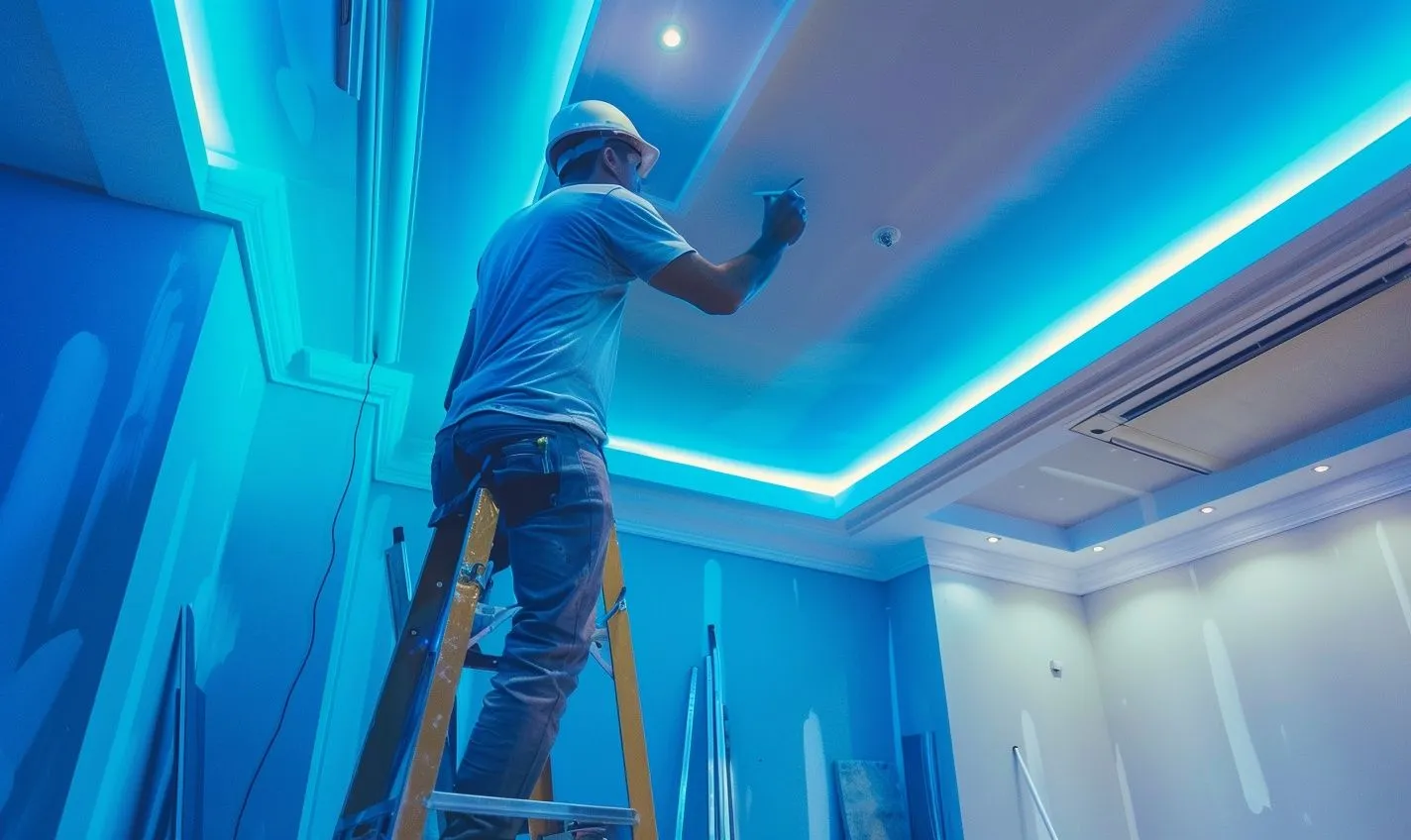
Welcome, DIY enthusiasts and lighting fans, to the ultimate guide on properly installing LED lighting! As an expert in the field, I am thrilled to share my knowledge and expertise with you in this comprehensive LED setup guide. LED lights are energy-efficient, long-lasting, and versatile, creating the perfect ambiance for any space.
Installing LED lights may seem daunting, but fear not! With the right tools, knowledge, and step-by-step instructions, you can quickly transform any room with the brilliance of LED lighting. From setting up LED strips to installing LED fixtures, this guide will cover everything you need to know for a seamless and professional LED installation.
Proper LED installation is critical to enhancing the aesthetic appeal of your home, office, or outdoor space. Say goodbye to flickering lights and uneven brightness—with the proper techniques outlined in this guide, you’ll enjoy the full benefits of LED lighting in no time.
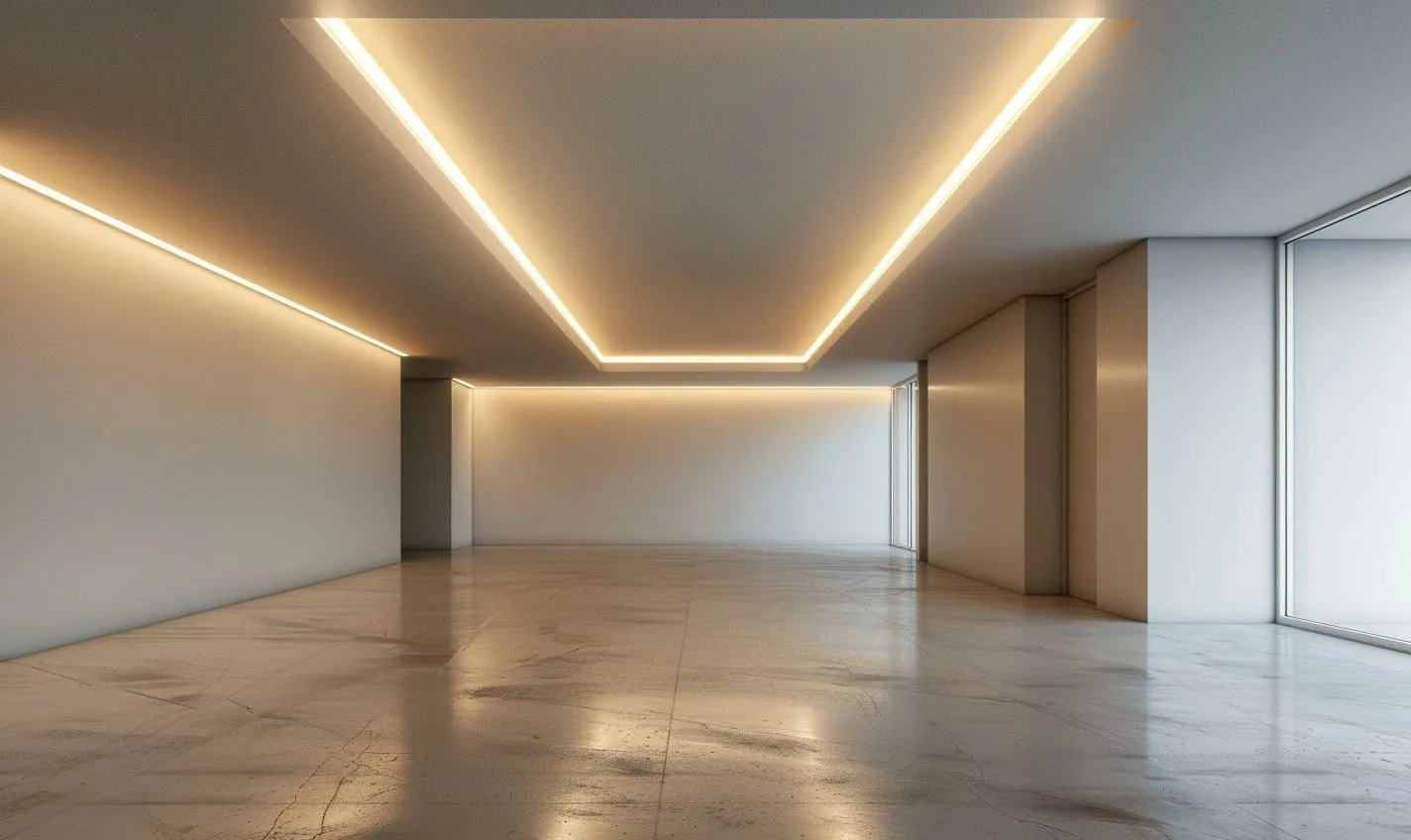
Understanding LED Lighting Basics
So, you’ve decided to brighten up your space with LED installation, but where do you begin? Before diving into the nitty-gritty of setting up LED lighting, let’s start with the basics.
Why LEDs are the Way to Go
LED lights are all the rage nowadays. Here’s why:
– Energy-efficient & cost-effective
– Long lifespan & durability
– Environmentally friendly
How LEDs Differ from Traditional Lighting
And speaking of traditional lighting, let’s see how LEDs stack up:
– LEDs emit light in a specific direction
– They produce less heat than incandescent bulbs
– LEDs are smaller and more compact
The Science Behind LED Technology
Have you ever wondered how LEDs work their magic? Here’s a simplified breakdown:
1. Electrical current passes through a semiconductor material.
2. This energy excites electrons, causing them to create light.
3. Different materials produce different colors, giving you various LED options.
Choosing the Right LED for Your Needs
When installing LED lights, selecting the right type is crucial. Consider factors such as:
– Brightness level
– Color temperature
– Dimmability options
Remember, different spaces may require different LED setups, so choose wisely.
A Note on LED Compatibility
One key point to remember is to ensure your LED lights are compatible with existing fixtures. Check for compatibility with:
– Voltage requirements
– Dimmer switches
– Smart home systems
And there you have it—a crash course in the basics of LED setup. Stay tuned for the next steps in your LED lighting journey!
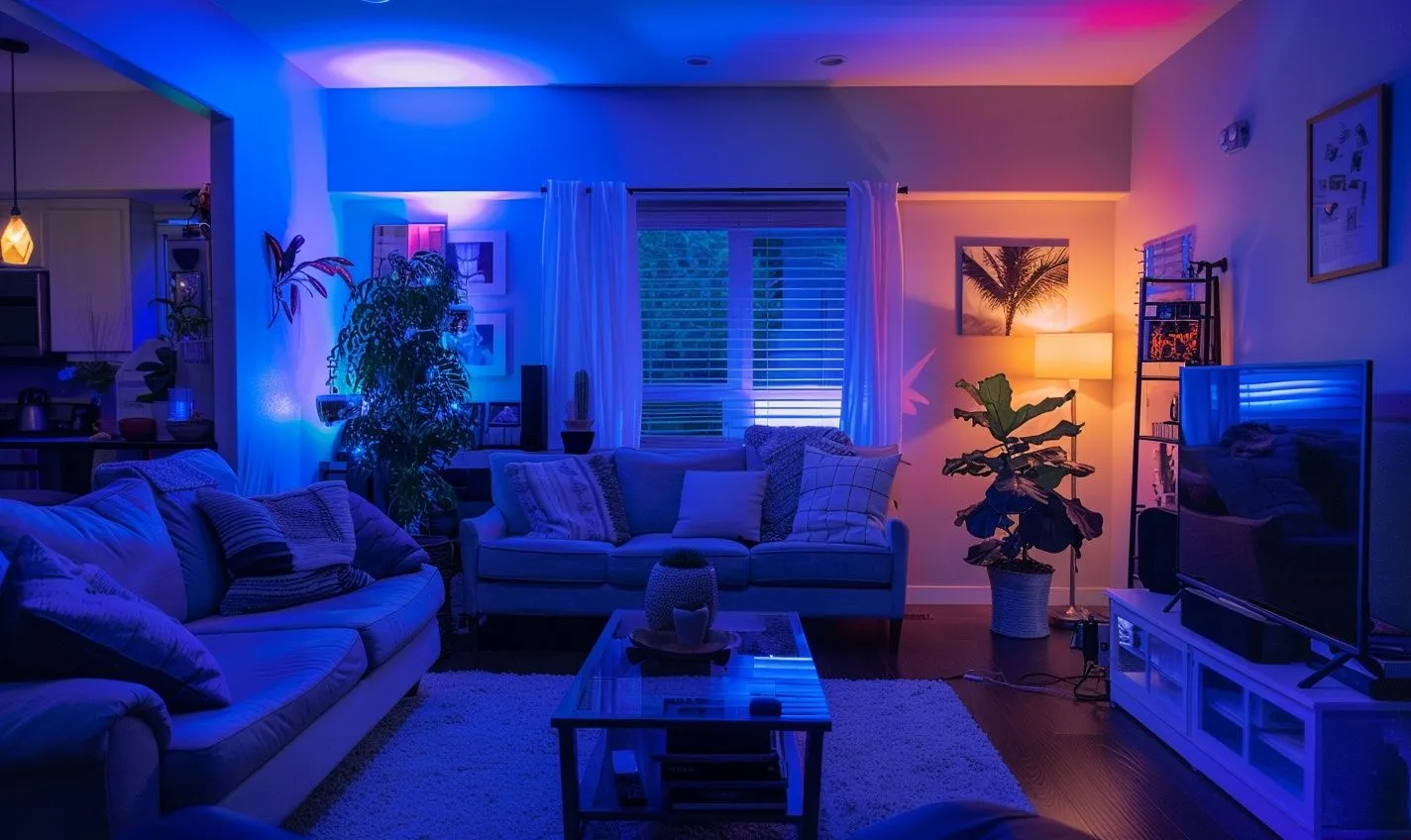
Benefits of Installing LED Lights
Let’s explore the amazing benefits of choosing LED lighting for your space. Say goodbye to flickering, outdated incandescent bulbs—with LED lights, you can illuminate your home efficiently and style.
Energy Efficiency
LED lights are highly energy-efficient, consuming up to 80% less energy than traditional lighting. Save money on your electricity bills while reducing your environmental impact.
Longevity
Enjoy the long lifespan of LED lights that can last up to 25 times longer than incandescent bulbs. Say goodbye to frequent bulb replacements and hello to durable lighting solutions.
Eco-Friendly
Reduce your carbon footprint by opting for LED lights that are free of toxic materials and 100% recyclable. Feel good about lighting your home while caring for the environment.
Instant Lighting
Experience instant brightness with LED lights illuminating to total capacity without any warm-up time. Enjoy immediate lighting gratification at the flick of a switch.
Design Flexibility
Enhance your home decor with various LED lighting options, including various colors, shapes, and sizes. From cozy, warm hues to vibrant RGB tones, LED lights offer endless possibilities for customizing your space.
Safety and Durability
LED lights emit minimal heat, making them safe to touch and handle, especially around children and pets. Say goodbye to worrying about accidental burns from hot bulbs and enjoy the cool touch of LED lighting.
Embrace the future of lighting by choosing LED installation for your home. Not only will you enjoy the numerous benefits they offer, but you’ll also contribute to a greener, more efficient world. So, why settle for outdated lighting when you can upgrade to the brilliance of LEDs?
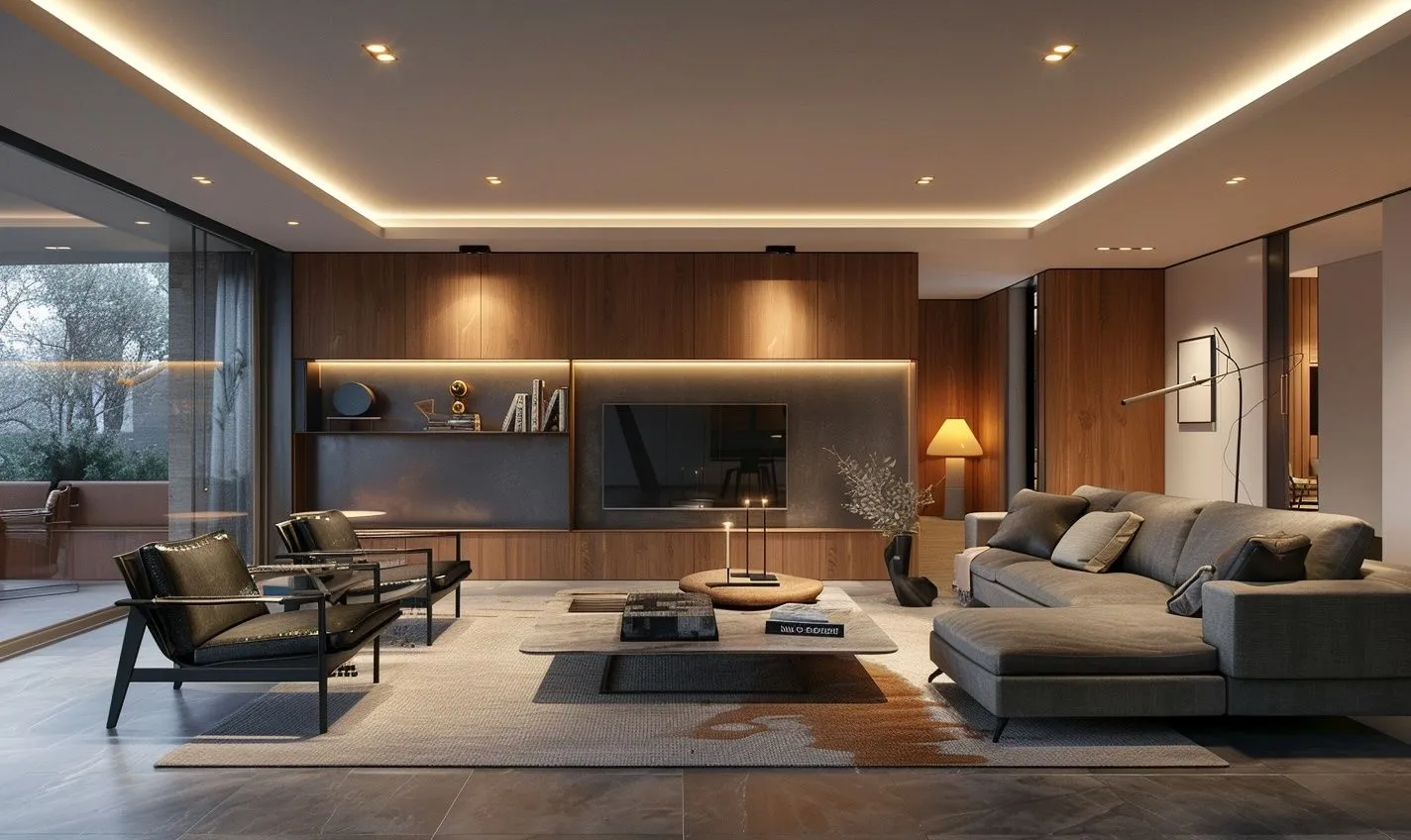
Choosing the Right LED Lights for Your Space
Selecting the perfect ones for your space is crucial when installing LED lights. Here’s how you can ensure you make the right choice:
Consider Your Space’s Needs
Think about the room’s purpose and the atmosphere you want to create. Are you going for a cozy feel in the living room or a bright, productive workspace in your home office? Understanding your space’s lighting requirements will help you narrow down your options.
Look at the Color Temperature
LED lights come in different color temperatures ranging from warm to cool tones. A warmer light is ideal for areas with a relaxed ambiance, while more astonishing lights work well in regions that need bright, focused lighting. Consider the mood you want to set in each room.
Check for Dimming Capabilities
If you desire the flexibility to adjust the lighting levels in your space, look for dimmable LED lights. Dimmable LEDs allow you to control the brightness, creating an adaptable environment that suits your daily needs.
Focus on Energy Efficiency
One significant benefit of LED lights is their energy efficiency. Check the energy rating of the bulbs you choose to save on electricity costs in the long run. LED lights consume less energy than traditional incandescent bulbs, making them a cost-effective lighting solution.
Consider the Aesthetic Appeal
LED lights come in various styles and designs, so consider how the fixtures complement your space’s decor. Whether you prefer sleek, modern fixtures or classic, vintage-inspired designs, finding lights that complement your interior style can enhance the overall look of your space.
Consult with a Professional
If you’re unsure which LED lights work best for your space, don’t hesitate to consult a lighting professional. They can provide expert advice tailored to your needs and help you select the perfect lighting solution for every room.
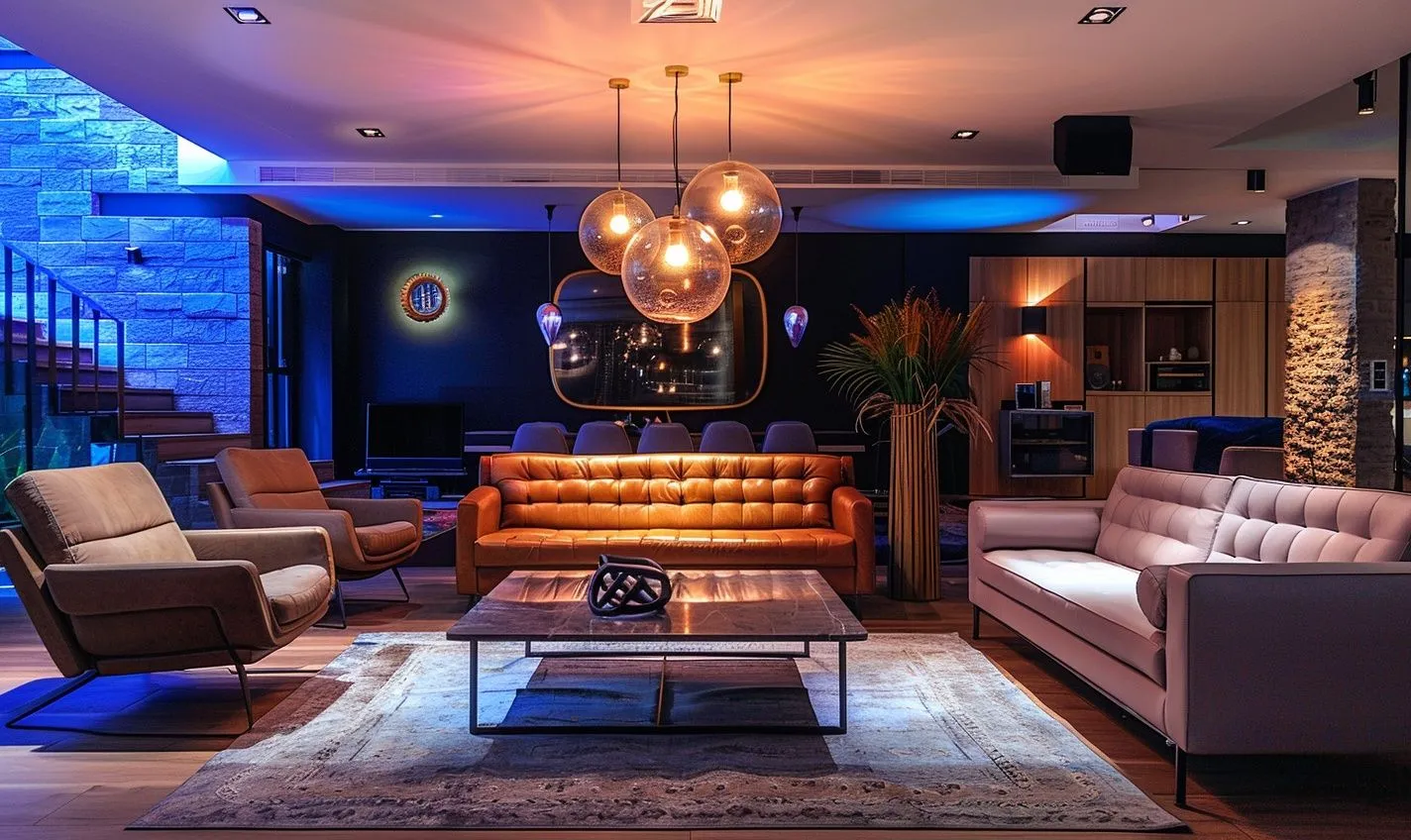
Preparing Your Space for LED Installation
So, you’ve decided to upgrade your lighting to energy-efficient LED lights. That’s fantastic! But before diving into the LED installation process, preparing your space for a seamless setup is crucial. Let’s get started!
Clean Up Your Space
The first step in setting up LED lighting is to declutter and clean the area where you plan to install the lights. A tidy space not only makes the installation process smoother but also enhances the room’s overall ambiance.
Assess Your Electrical System
Before beginning the installation process for LED lights, check your electrical system to ensure it can handle the new lighting load. If necessary, consult an electrician to assess the wiring and make any required upgrades to prevent overload or short circuits.
Measure and Plan
Measure the space where you intend to install the LED lights. Planning will help you determine the number of lights needed, their placement, and any additional accessories required for the setup. This step will prevent any last-minute confusion during installation.
Gather the Necessary Tools and Supplies
Ensure you have all the tools and supplies you need for the LED setup. This may include LED light fixtures, wiring, connectors, screws, a ladder, a screwdriver, and wire cutters. Having everything on hand will save you time and minimize interruptions during the installation process.
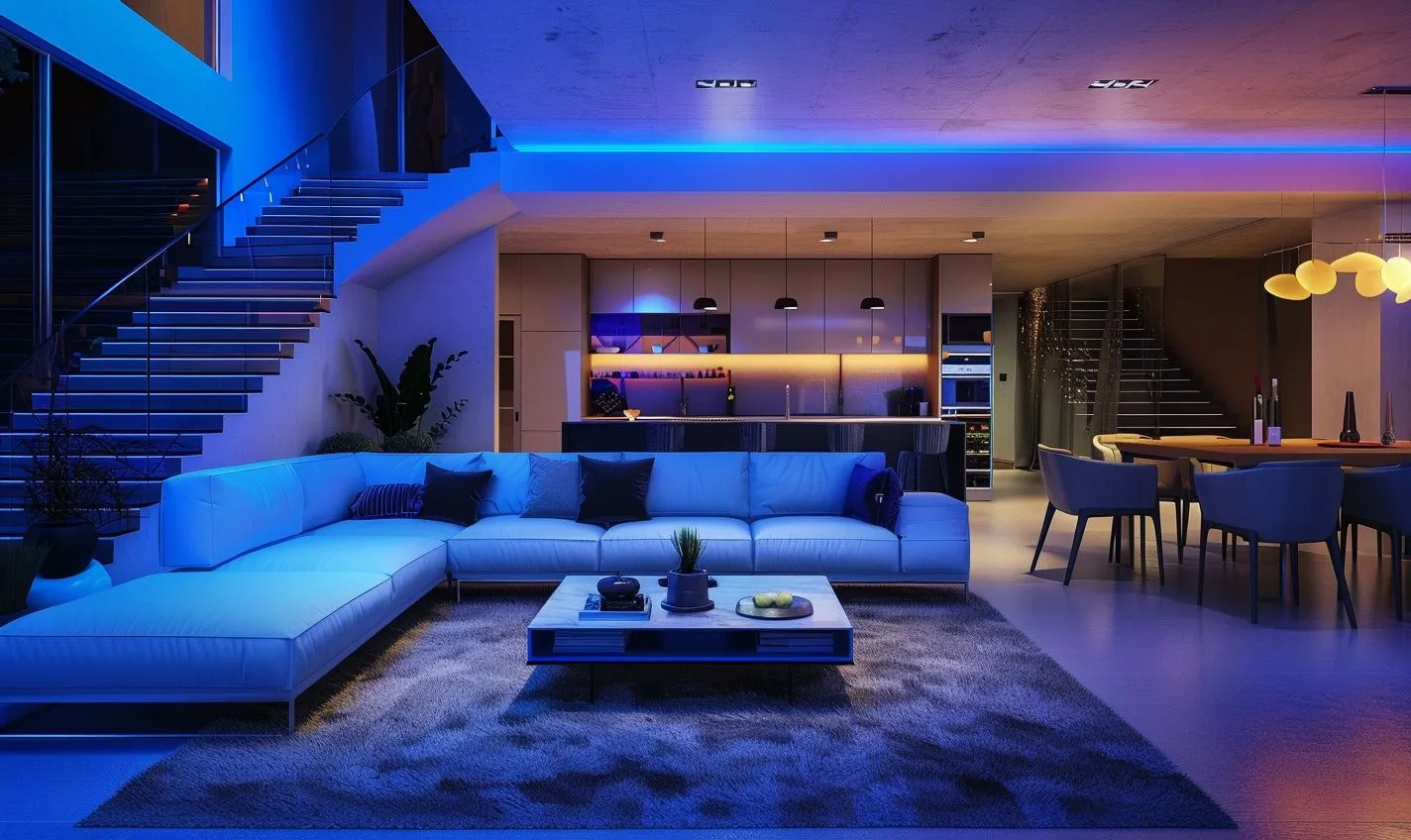
Steps to Install LED Lights Safely
Let’s dig into the exciting process of installing LED lights. You’re on your way to transforming your space with energy-efficient, vibrant lighting!
Gather Your Supplies
Before you start setting up LED lighting, make sure you have all your essentials in one place:
- LED light strips or bulbs
- Power supply
- Dimmer switches or controllers
- Connectors and wiring
- Tools like screwdrivers and wire strippers
Map Out Your Installation Plan
Decide where you want to place your LED lights. Consider the ambiance you want to create and any specific areas you’d like to highlight. Sketch out a rough plan before starting to ensure a smooth setup process.
Disconnect Power Before Starting
Safety first! Shut off the power supply to the area where you’ll be working. This step is crucial to prevent accidents or shocks as you install your LED lights.
Install Your LED Lights
Now it’s time to get hands-on with your LED installation. Follow these steps:
- Attach the LED light strips or bulbs to the desired locations.
- Secure the wiring using clips or adhesive tape.
- Connect the lights to the power supply following the manufacturer’s instructions.
Test Your Setup
After the installation, turn the power back on and test your LED lights. Ensure they function correctly and that the brightness and color meet your expectations.
Secure Loose Wires
Once satisfied with the setup, secure loose wires to prevent tripping hazards or accidental damage. Neatly tuck them away or use cable clips to keep everything tidy.
Well done! You’ve now completed the proper LED installation process. Enjoy the benefits of your newly lit space and bask in the energy-saving glow of LED lighting!
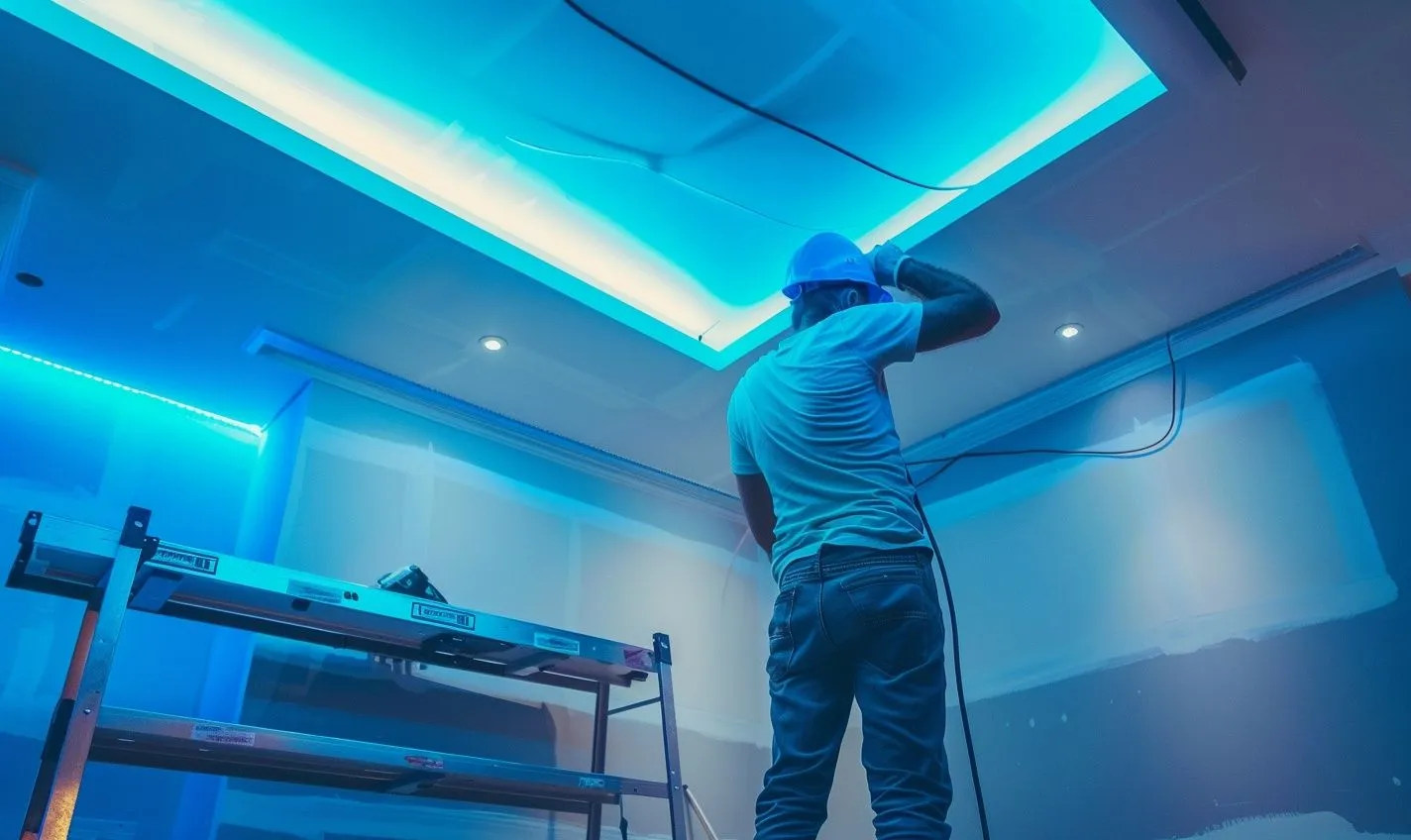
Proper Wiring Techniques for LED Setup
Proper wiring ensures a safe and efficient setup when installing LED lights in your home or workspace. Let’s examine some wiring techniques to help you get your LED lighting up and running smoothly.
Use the Right Tools
Before you begin the installation process, ensure you have the necessary tools. This includes wire strippers, connectors, electrical tape, and a voltage tester to ensure safety.
Plan Your Layout
Take the time to plan out where your LED lights will be placed and how they will be connected. This will help you determine the length of wire needed and ensure a clean installation.
Choose the Correct Wiring Method
There are two standard wiring methods for LED setup: series and parallel. Series wiring involves connecting the positive end of one light to the opposing end of the next, while parallel wiring involves connecting all the positive ends and all the opposing ends.
Secure and Conceal Wires
Once your LED lights are wired together, secure and conceal the wires to prevent tripping hazards or damage. Use cable clips or channels to organize the wires neatly along walls or ceilings.
Test the Connection
Before completing the installation, it’s essential to test the connection to ensure all lights function correctly. Use a voltage tester to check for proper electrical flow and make necessary adjustments.
Proper wiring techniques during the LED installation are critical to a successful setup. Following these tips, you can confidently install LED lighting in your space and enjoy the benefits of energy-efficient and long-lasting LEDs.
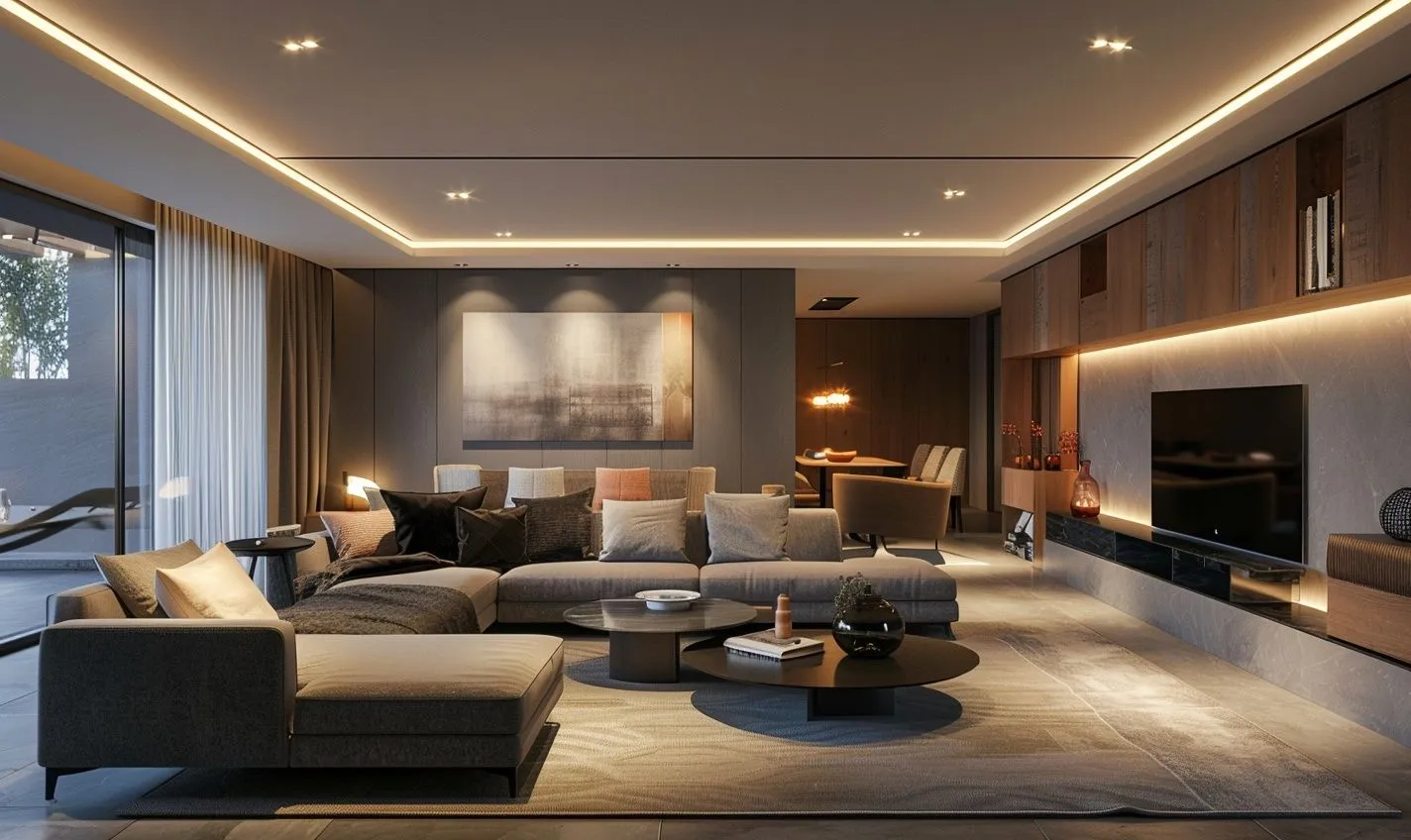
Testing and Troubleshooting LED Installations
So you’ve completed setting up your LED installation, but what happens next? It’s time to ensure everything works as it should and be prepared to handle any issues arising during the process. Let’s investigate the key steps to troubleshoot and test your newly installed LED lights.
Testing Your LED Setup
First, turn on your LED lights and check that they illuminate properly. Here’s how you can effectively test your installation:
- Verify that all connections are secure and the wiring is correctly installed.
- Confirm that the power source is providing adequate electricity to the LED lights.
- Check for any flickering or dimming, which could indicate a wiring issue.
Troubleshooting Common LED Installation Problems
If you encounter any issues during testing, don’t fret! Here are some common problems and solutions:
- Flickering Lights: This could indicate a loose connection or incompatible dimmer switches. Tighten connections and use dimmers suitable for LEDs.
- Hot Fixtures: LED lights should not get excessively hot. Ensure proper ventilation and check for circuit overloading.
- Uneven Lighting: Poor placement or incorrect spacing of lights can cause uneven illumination. Adjust the positioning for a balanced glow.
Remember, proper LED installation is crucial for optimal performance. By following these steps, you’ll be on your way to enjoying the benefits of LED lighting in your space. But if you still encounter difficulties, don’t hesitate to seek professional assistance for a seamless lighting experience.
Enhancing Your Home with LED Lighting
So, you’ve decided to light up your space with energy-efficient and stylish LED lights. Congratulations! But have you considered how this decision can transform your home into a cozy and inviting haven?
Setting the Mood
LED installation is not just about brightening a room. It’s about creating ambiance. Think about how different lighting levels and colors can impact your mood and the overall feel of a space.
Highlighting Key Features
You can draw attention to certain design elements in your home by strategically placing LED lights. Whether it’s a piece of artwork, a unique architectural feature, or simply your favorite reading nook, LED lighting can help accentuate the beauty of these areas.
Adjustable Lighting Options
With LED lights, you can control the brightness and color of your lighting with just a push of a button. This allows you to customize your lighting to suit different daily activities or moods.
Remember, simplicity is essential when it comes to LED setup. Avoid cluttering your space with too many lights or complex installations. Please keep it clean and streamlined for a modern and sophisticated look.
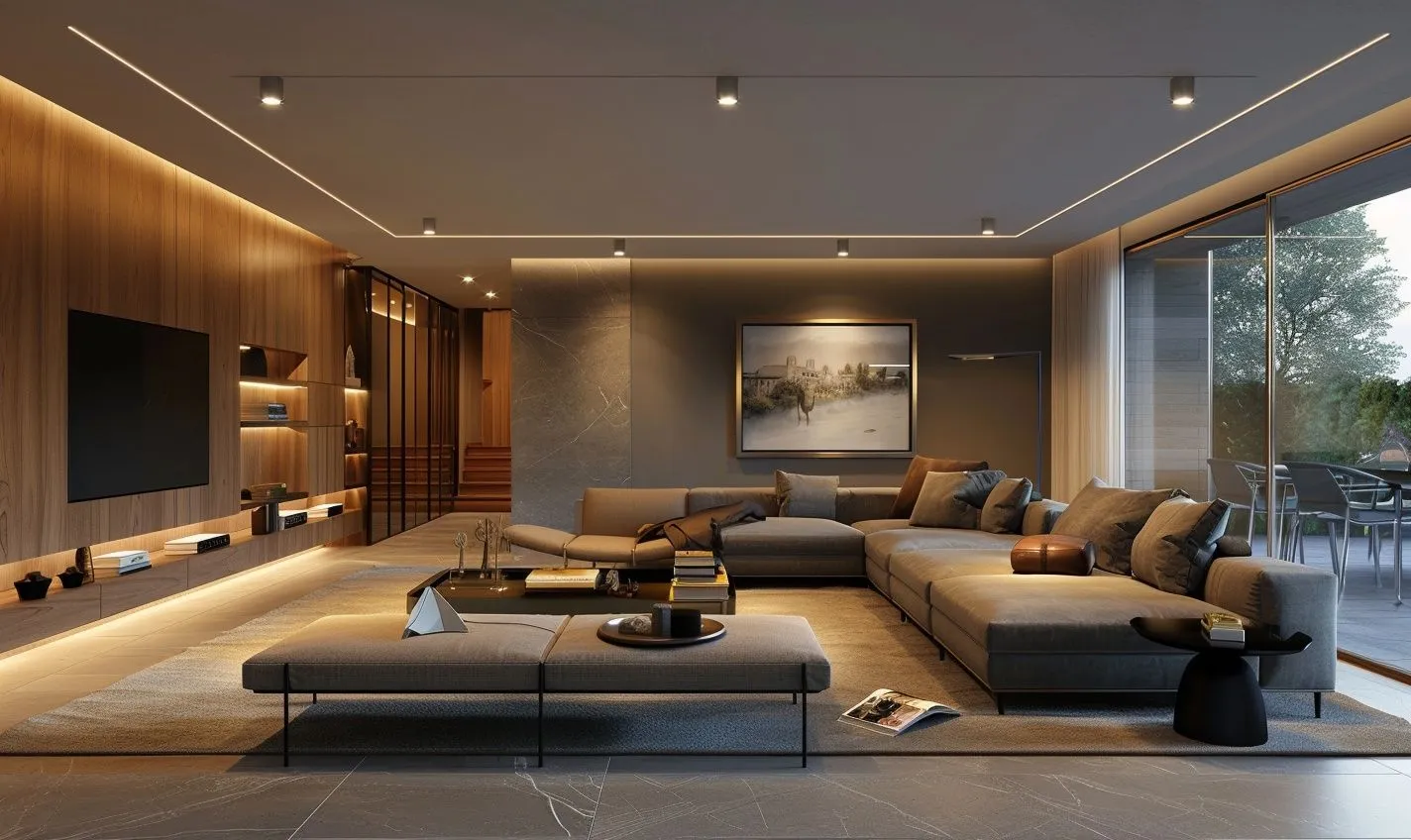
Creating Ambiance with LED Light Placement
Have you ever walked into a room and felt a warm, inviting glow wash over you from the LED installation strategically placed around the space? That’s the power of a proper LED lighting setup. By paying attention to where you position your LED lights, you can transform the ambiance of any room into a cozy haven or a dynamic workspace.
Choosing the Right Placement
When setting up your LED lights, consider the mood you want to create in each area of your home. Do you want a bright, energetic feel for your kitchen or a soft, relaxing ambiance in your bedroom? Let your goals guide your placement decisions.
- Highlight focal points: Place LED lights above or below the artwork, architectural features, or decor pieces to draw attention to them.
- Under-cabinet lighting: LED strips mounted underneath cabinets illuminate countertops and create a functional workspace in the kitchen.
- Accent walls: To set the mood in a room, wash a wall in colored LED light to create depth and drama.
Layering Light for Depth
Just like adding layers to your outfit can elevate your style, layering LED lighting can add depth and dimension to your space. Mix different types of LED lights to create a harmonious balance of brightness and warmth.
- Ambient lighting: Start with overhead LED fixtures to provide general illumination.
- Task lighting: Add LED spotlights or light bars to focus on areas that need extra brightness, like a reading nook or a work desk.
- Accent lighting: Use LED tape or strip lights to highlight architectural elements or add a pop of color to a space.
Remember, the key to a successful LED setup is experimentation. Play around with different placements, angles, and intensities until you achieve the desired ambiance in each room of your home.
Maintaining Your LED Lighting System
Now that you’ve successfully set up your LED lighting, it’s essential to ensure that it remains in top condition for long-lasting performance. Proper maintenance can prolong the life of your LED lights and optimize their efficiency.
Regular Cleaning
Keeping your LED lights clean is crucial for maintaining their brightness and clarity. Dust and dirt can accumulate on the bulbs, reducing light output. Here are some cleaning tips:
- Dust the fixtures gently with a soft cloth or a duster.
- Use a mild detergent mixed with water to clean the fixtures if needed.
- Avoid using harsh chemicals that can damage the LED lights.
Checking for Damages
Periodically inspect your LED lighting system for any signs of damage or wear and tear. This can help you address issues early on and prevent further damage. Here’s what to look out for:
- Check for any flickering lights, which may indicate a loose connection.
- Look for discoloration or dimming of the light, which could signal a faulty LED bulb.
- Ensure that the fixtures are securely mounted and the wiring is intact.
Adjusting Settings
Optimizing your LED lighting system’s settings can enhance your space’s ambiance and functionality. Take the time to adjust the brightness levels, color temperatures, and schedules to suit your preferences.
Remember, maintaining your LED lighting system is about preserving its appearance and ensuring a comfortable and well-lit environment for your daily activities. By staying proactive in caring for your LED lights, you can enjoy their benefits for years.
Conclusion
Proper LED installation is crucial for ensuring your lighting system’s optimal performance and longevity. Following the step-by-step guide in this blog post, you can quickly and confidently set up LED lighting in your space.
Always read the manufacturer’s instructions before installing to guarantee a safe and successful setup. Additionally, gather all the necessary tools and equipment beforehand to streamline the installation.
By planning your LED setup and following best practices, you can create a well-lit environment that enhances your space’s aesthetic appeal and functionality. Proper installation is critical to achieving the desired lighting effect, whether installing LED lights for your home, office, or commercial space.
We hope this ultimate guide to proper LED installation has provided you with valuable insights and practical tips for a successful setup. With the right approach and attention to detail, you can enjoy the benefits of energy-efficient and long-lasting LED lighting in your space for years to come.
Frequently Asked Questions (FAQs)
1. How do I install LED lighting in my home?
To install LED lighting, choose the right fixtures, locate power sources, and connect the wiring correctly. For specific guidance, follow the manufacturer’s instructions.
2. What tools do I need for setting up LED lighting?
Standard tools for LED installation include wire cutters, wire strippers, a voltage tester, a screwdriver set, and a ladder for accessing ceiling fixtures.
3. Can I replace existing light fixtures with LED lights?
Yes, most traditional light fixtures can be replaced with LED equivalents. To avoid any issues, ensure compatibility and proper installation.
4. Is it necessary to hire a professional for LED setup?
While it’s possible to install LED lights yourself, consider hiring a professional for complex installations or if you are unsure about electrical work to ensure safety and compliance.
5. How do I determine the proper placement for LED lighting?
When deciding on placement, consider the purpose of the lighting, the room layout, and the desired ambiance. Ensure even distribution for optimal lighting coverage.
6. Are there specific safety precautions to follow during LED installation?
Yes, always turn off the power supply before working on electrical installations. Use insulated tools, follow manufacturer instructions, and consult an electrician.

